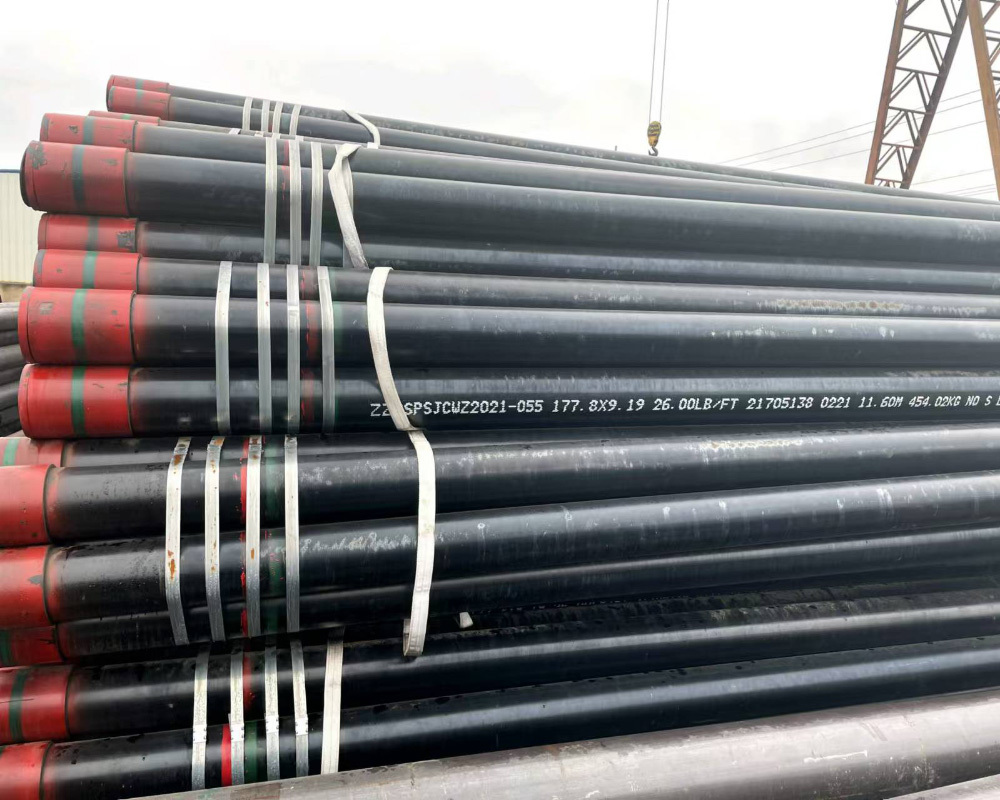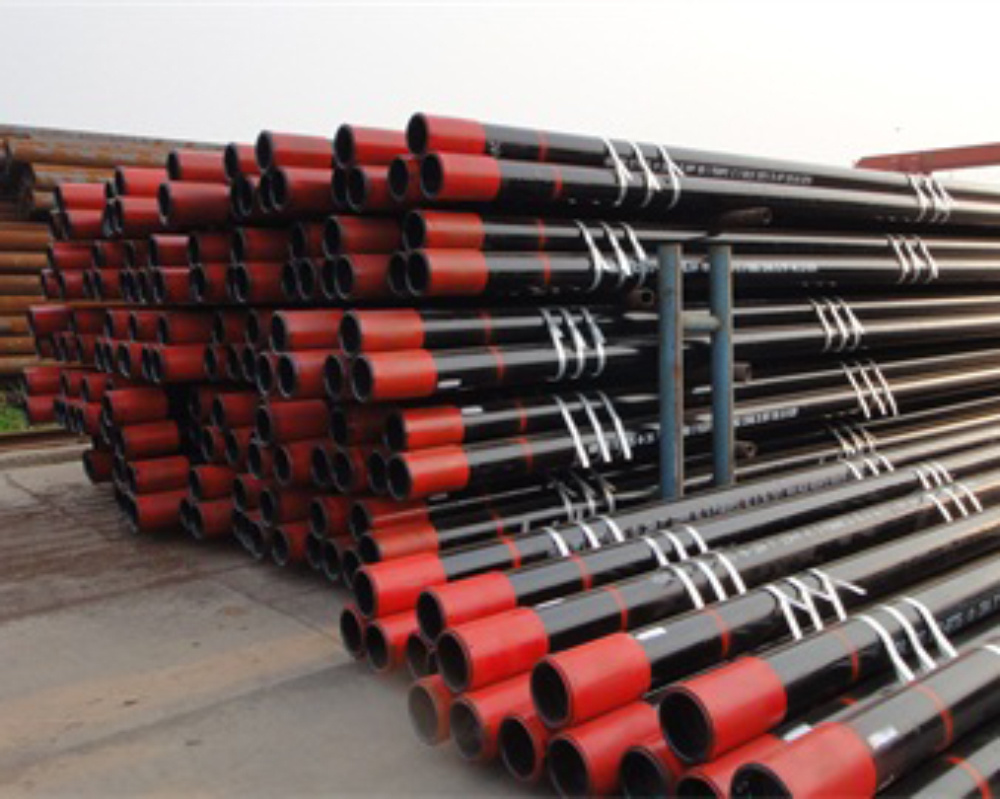Understanding API 5L Seamless Pipes: A Comprehensive Overview for Construction and Decorative Material Professionals
API 5L seamless pipes are critical components in the construction and decorative materials industry, particularly in applications involving the transportation of fluids and gases. The API 5L specification, developed by the American Petroleum Institute, outlines the requirements for seamless and welded steel pipes used in pipeline transportation systems. This specification is essential for ensuring
API 5L seamless pipes are critical components in the construction and decorative materials industry, particularly in applications involving the transportation of fluids and gases. The API 5L specification, developed by the American Petroleum Institute, outlines the requirements for seamless and welded steel pipes used in pipeline transportation systems. This specification is essential for ensuring that pipes are reliable and capable of withstanding high pressures and temperatures.
One of the most significant advantages of seamless pipes, such as those conforming to the API 5L standard, is the absence of a seam or weld. This feature greatly enhances their strength and durability compared to welded pipes. The manufacturing process involves extruding a solid round steel billet, which is then heated and elongated to create a pipe. This results in a uniform and continuous structure that is less prone to defects and leaks, making seamless pipes ideal for high-stress environments.
API 5L seamless pipes are categorized into different grades, such as A, B, and X grades, based on their yield strength. These grades are designed to meet various engineering requirements, providing options for different applications. For instance, higher-grade pipes are used in high-pressure and high-temperature settings, such as oil and gas pipelines, while lower grades may be suitable for less demanding environments.
The material composition of API 5L seamless pipes typically includes carbon steel, which offers excellent tensile strength and resistance to corrosion, especially when galvanized or coated. This quality is crucial for ensuring the longevity and reliability of infrastructure, particularly in harsh environmental conditions.
In addition to their strength and durability, API 5L seamless pipes are also known for their versatility. They can be used in a variety of applications beyond traditional pipelines, including structural supports, heat exchangers, and even decorative elements in architectural designs. Their smooth surface finish contributes to aesthetic appeal, making them an attractive choice for modern construction projects.
Furthermore, seamless pipes are easier to install due to their lighter weight and lack of joints, which simplifies the assembly process. This advantage can lead to lower labor costs and reduced installation time, making them a preferred choice for many contractors.
As the construction industry continues to evolve, the demand for high-quality materials like API 5L seamless pipes is expected to grow. Understanding the characteristics, benefits, and applications of these pipes will aid professionals in making informed decisions that enhance the safety and efficiency of their projects. By incorporating API 5L seamless pipes into your construction and decorative material strategies, you can ensure that your infrastructure meets the highest industry standards.
One of the most significant advantages of seamless pipes, such as those conforming to the API 5L standard, is the absence of a seam or weld. This feature greatly enhances their strength and durability compared to welded pipes. The manufacturing process involves extruding a solid round steel billet, which is then heated and elongated to create a pipe. This results in a uniform and continuous structure that is less prone to defects and leaks, making seamless pipes ideal for high-stress environments.
API 5L seamless pipes are categorized into different grades, such as A, B, and X grades, based on their yield strength. These grades are designed to meet various engineering requirements, providing options for different applications. For instance, higher-grade pipes are used in high-pressure and high-temperature settings, such as oil and gas pipelines, while lower grades may be suitable for less demanding environments.
The material composition of API 5L seamless pipes typically includes carbon steel, which offers excellent tensile strength and resistance to corrosion, especially when galvanized or coated. This quality is crucial for ensuring the longevity and reliability of infrastructure, particularly in harsh environmental conditions.
In addition to their strength and durability, API 5L seamless pipes are also known for their versatility. They can be used in a variety of applications beyond traditional pipelines, including structural supports, heat exchangers, and even decorative elements in architectural designs. Their smooth surface finish contributes to aesthetic appeal, making them an attractive choice for modern construction projects.
Furthermore, seamless pipes are easier to install due to their lighter weight and lack of joints, which simplifies the assembly process. This advantage can lead to lower labor costs and reduced installation time, making them a preferred choice for many contractors.
As the construction industry continues to evolve, the demand for high-quality materials like API 5L seamless pipes is expected to grow. Understanding the characteristics, benefits, and applications of these pipes will aid professionals in making informed decisions that enhance the safety and efficiency of their projects. By incorporating API 5L seamless pipes into your construction and decorative material strategies, you can ensure that your infrastructure meets the highest industry standards.
TAG:
Related Posts
API 5L seamless pipes are critical components in the construction and decorative materials industry, particularly in applications involving the transportation of fluids and gases. The API 5L specification, developed by the American Petroleum Institute, outlines the requirements for seamless and welded steel pipes used in pipeline transportation systems. This specification is essential for ensuring










